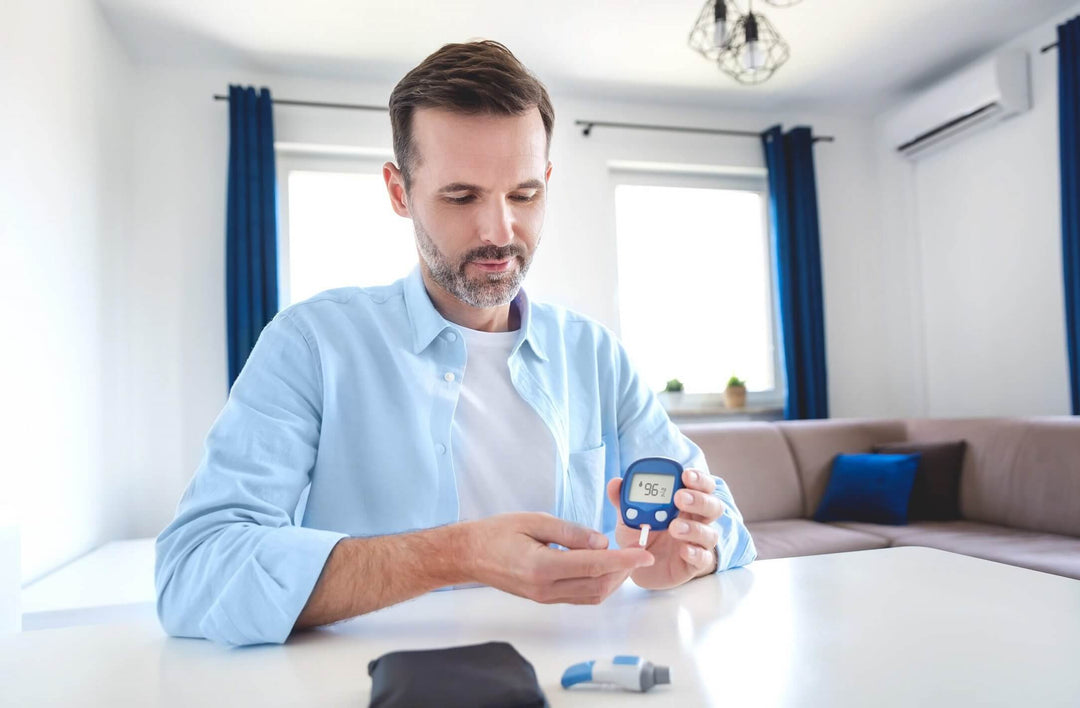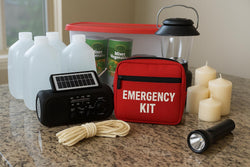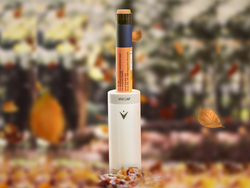Tempramed Blog
What are the early signs of diabetes?

What are the signs and symptoms of diabetes early on?
Diabetes is a serious condition that affects millions worldwide. The body stops producing enough insulin or can't use insulin properly. This can lead the body to accumulate too much glucose, which can lead to fatigue, increased thirst, and frequent urination. It can also cause severe complications like stroke, heart disease, and kidney failure. People with diabetes might not realize they have it. The symptoms can develop gradually and are not always obvious. You need to be alert for early signs and get help if you have diabetes.
What is the difference between type 1 and 2 diabetes?
The primary difference between type 1 and 2 diabetes lies in the fact that type 1 is a genetic condition that usually appears in childhood. Type 2 is caused primarily by lifestyle factors and usually develops gradually. Type 1 diabetes is more common in teens and young children. Type 1 diabetes sufferers don't have enough insulin. Type 2 diabetes, however, is characterized by the body's resistance to insulin. This means that there is excess sugar in the bloodstream. Type 2 diabetes is more prevalent and often caused by lifestyle and diet. Type 2 diabetes can be treated early if you recognize signs early.
Early Signs of Diabetes
A high or irregular level of blood sugar can lead to a wide range of symptoms. All parts of the body attempt to compensate. Type 2 diabetes usually has a gradual onset, and symptoms often go unnoticed. However, type 1 diabetes symptoms can often be seen quickly and in combination. The following signs are indicative of the disease:
- Fatigue
- Weight loss or failure to gain weight
- Frequent urination
- Increased thirst
- Excessive hunger
- Blurred vision
- Impaired or slow wound healing
- Tingling feelings in the hand or feet
- Yeast infections
Consult a doctor if you experience any of these symptoms, especially weight loss or weight gain, even if it is not your intention.
What are the treatment differences between Type 1 Diabetes and Type 2 Diabetes?
Type 1 and type 2 diabetes are treated by stabilizing blood sugar levels. Type 1 diabetes needs insulin treatment for life. It can be administered via syringes or pen-style devices, pumps, inhalation, or syringes. Type 1 diabetes demands careful monitoring of sugar intake. Type 2 diabetes treatment usually involves lifestyle changes and oral medications such GLP-1 agonists or metformin. Sometimes, type 2 diabetes progresses so that insulin is necessary. To ensure that insulin can be used as a reliable treatment, it is important to know the temperature ranges and insulin cooler for diabetic patients.
Ideal Insulin Temperature Ranges
To maintain insulin's effectiveness, people with diabetes must keep insulin cool at a safe temperature of 68-86°F (20-30°C). Extreme temperatures can damage insulin proteins and cause degradation or changes to the peptides' structure. This can result in insulin losing its effectiveness. You must ensure that the medication is kept at the optimal insulin temperature. This can be done by following these storage tips and keeping track of when it expires.
The VIVI Cap by TempraMed, a specialized insulin cooler with temperature sensors for insulin storage. The cap can be used to replace disposable or refillable insulin pen covers. It is perfect for anyone who needs to keep their insulin safe while on the move. VIVI Cap's technology keeps insulin below 68-86°F (20-30°C), even in hot and freezing temperatures and for 12 hours! The cap is lightweight and compact and takes up no more space than your insulin pen. It also makes it easy to keep track of and monitor your insulin temperature.
For those suffering from diabetes, storing your medication at a safe insulin temperature range can make all the difference in its reliability as a treatment!




